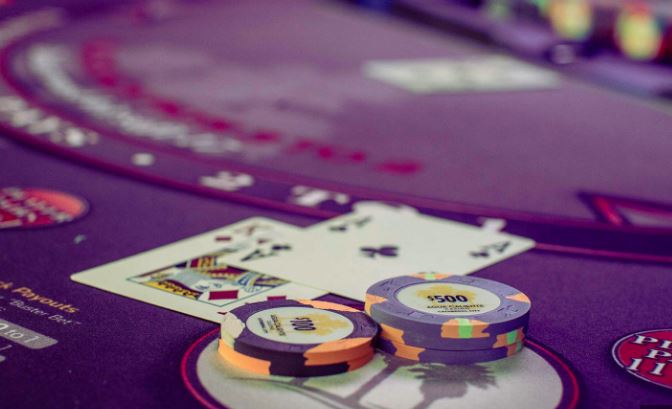Exploring the connection between Blackjack and probability theory unveils a rich tapestry of decision-making processes, risk assessment, and mathematical strategy. Understanding how probability applies to Blackjack can significantly enhance a player’s ability to make informed decisions during the game. Here’s an overview of that connection.
Exploring the Connection Between Blackjack and Probability Theory
- The Basics of Blackjack
Blackjack is a card game where the goal is to have a hand value as close to 21 as possible without exceeding it. Each player competes against the dealer, and the values of the cards are as follows:
– Number cards (2-10) are worth their face value.
– Face cards (King, Queen, Jack) are worth 10 points.
– Aces can be worth 1 or 11 points, depending on which value benefits the hand more.
- Understanding Probability in Blackjack
Probability is the study of uncertainty and how likely events are to occur. In Blackjack, probability can help evaluate the likelihood that certain hands will win, lose, or tie.
- Card Counting
One of the most famous applications of probability in Blackjack is card counting. Players use this strategy to track the cards that have been dealt in order to gain an edge over the house. By understanding the remaining cards in the deck, players can estimate the probability of drawing favorable cards.
– High Cards vs. Low Cards: High cards (10, Jack, Queen, King, Ace) benefit the player, while low cards (2-6) are beneficial for the dealer. By keeping track of the ratio of high cards to low cards remaining in the deck, a player can adjust their bets effectively.
– Counting Systems: Techniques like the Hi-Lo counting system assign values to cards (e.g., +1 for low cards, -1 for high cards) and calculate a running count. This provides insight into the deck’s composition, enhancing probability-based decisions (like when to increase bets or when to take insurance).
- Basic Strategy
The basic strategy for Blackjack is a mathematically derived set of guidelines suggesting whether to hit, stand, double down, or split based on statistical probabilities.
– Expected Values: Each decision can be analyzed based on the expected return. For example, the expected value of hitting versus standing can be calculated based on the probabilities of busting or achieving a favorable hand.
– Optimal Plays: Players can use a basic strategy chart to understand the probabilities associated with various situation-based plays against the dealer’s visible card. The strategy minimizes the house edge based on the current hand and the dealer’s card.
- The House Edge
The house edge represents the average profit the casino expects to make from each game. In Blackjack, the house edge can be influenced by:
– Rules Variations: Different table rules (like the number of decks used, whether the dealer hits or stands on a soft 17, etc.) affect probabilities and, subsequently, the house edge.
– Player Strategy: When players use optimal strategies (like basic strategy or card counting), they can reduce the house advantage significantly.
- Probabilities of Winning
Understanding the probabilities of certain outcomes is vital for strategic decisions:
– Probability of Busting: Knowing the likelihood of busting (going over 21) when choosing to hit based on current hand value is critical. For example, if you have a total of 16 and draw a card, there’s a higher probability you’ll bust compared to if you have a total of 12.
– Dealer’s Probabilities: Players also need to consider the dealer’s potential outcomes based on the visible card. For instance, if the dealer shows a weak card (like a 4 or 5), there’s a high probability that they will bust, which can influence a player’s decision to be more aggressive.
- Advanced Probabilistic Models
More advanced players sometimes employ statistical modeling and simulations (like Monte Carlo simulations) to analyze possible game outcomes based on previous hands and player behavior.
These methods consider various factors, such as:
– The sequence of played hands
– Adjustments in betting strategies
– Variations in player responses
Conclusion
The connection between Blackjack and probability theory is deep-rooted, influencing various strategies and betting techniques. By understanding how probabilities play into every decision, players can develop a more sophisticated approach to the game, potentially improving their chances of success. Whether through basic strategy, card counting, or advanced simulations, the application of probability theory is essential for those looking to navigate the complexities of Blackjack successfully.

